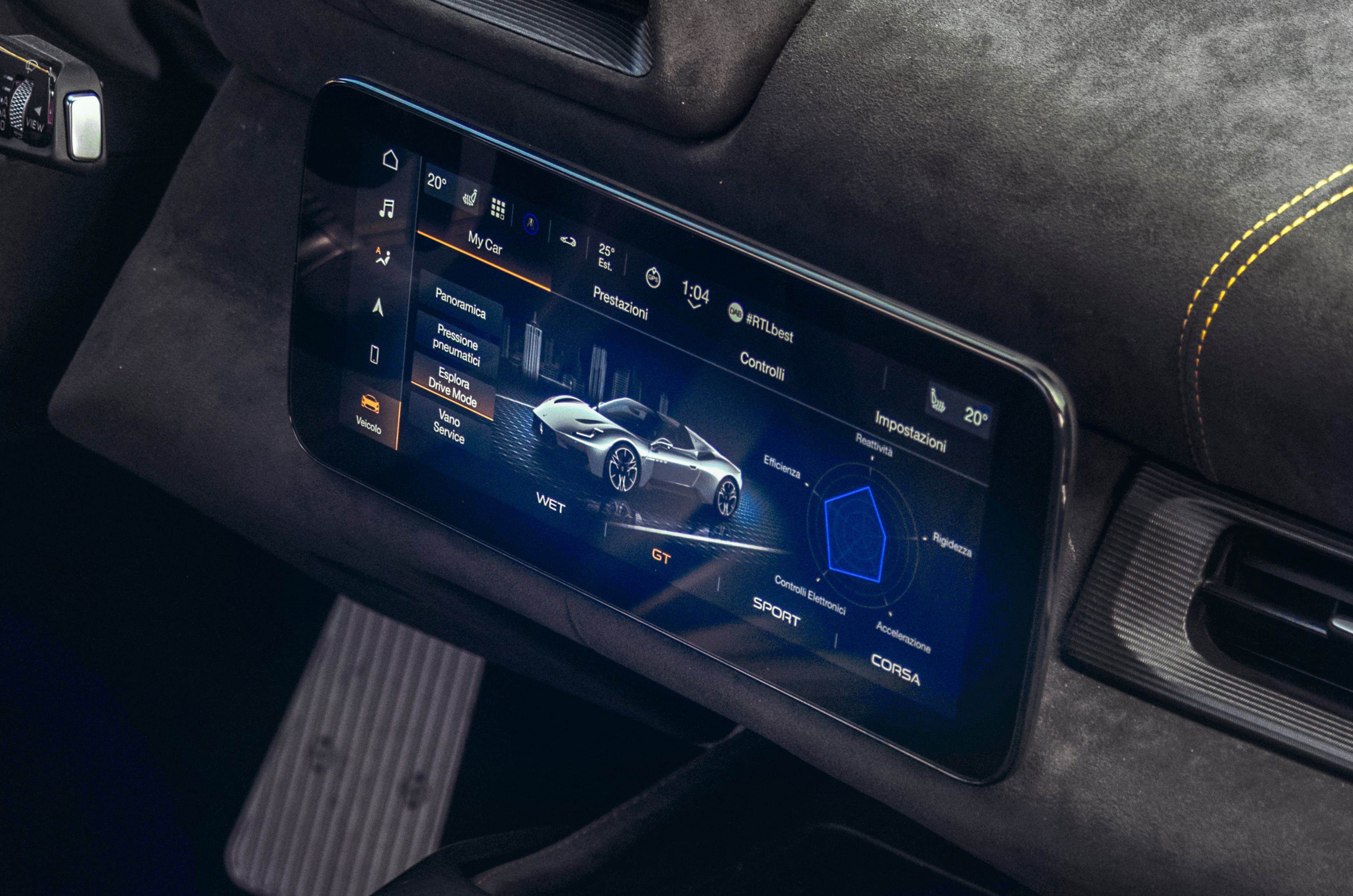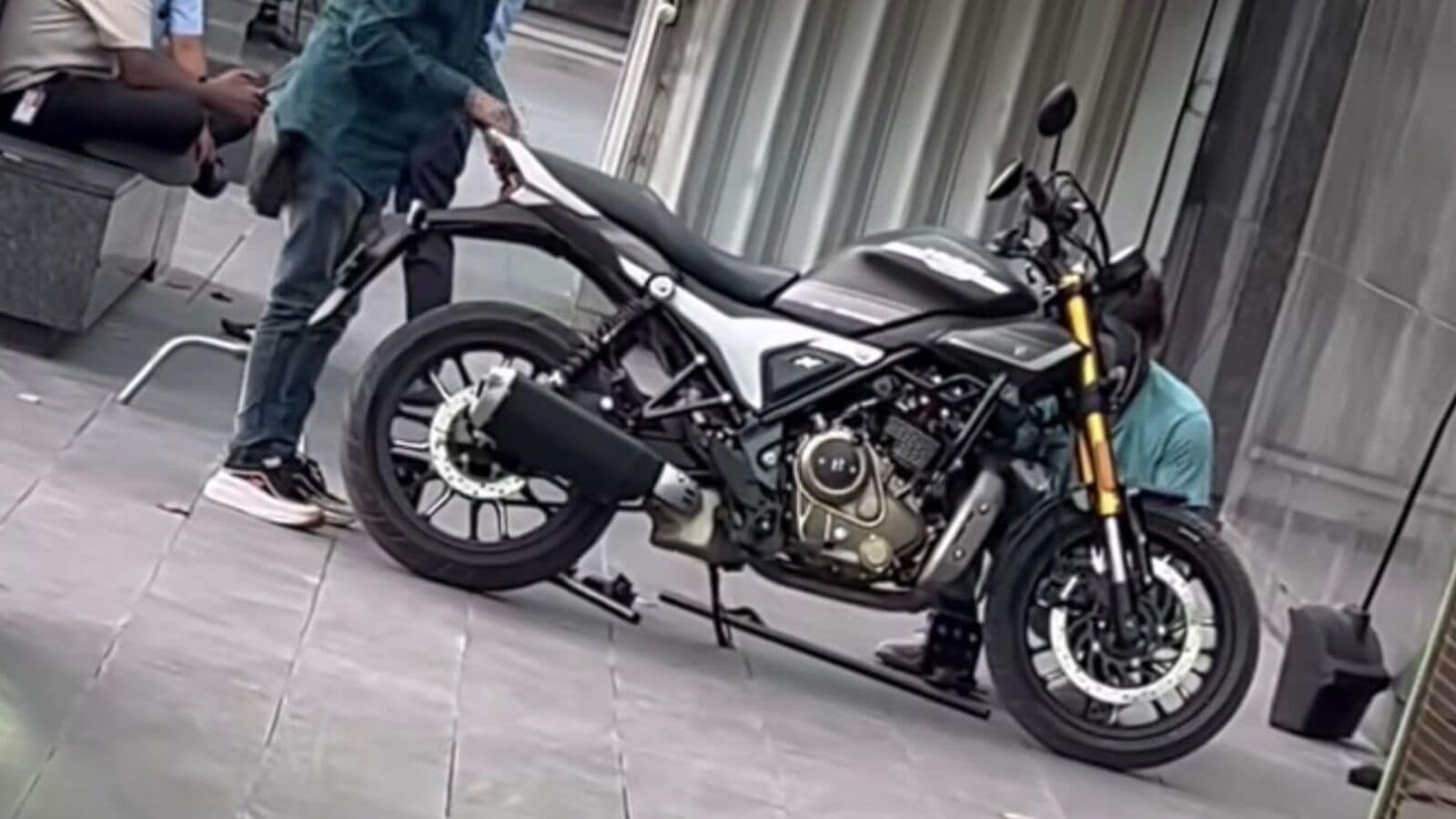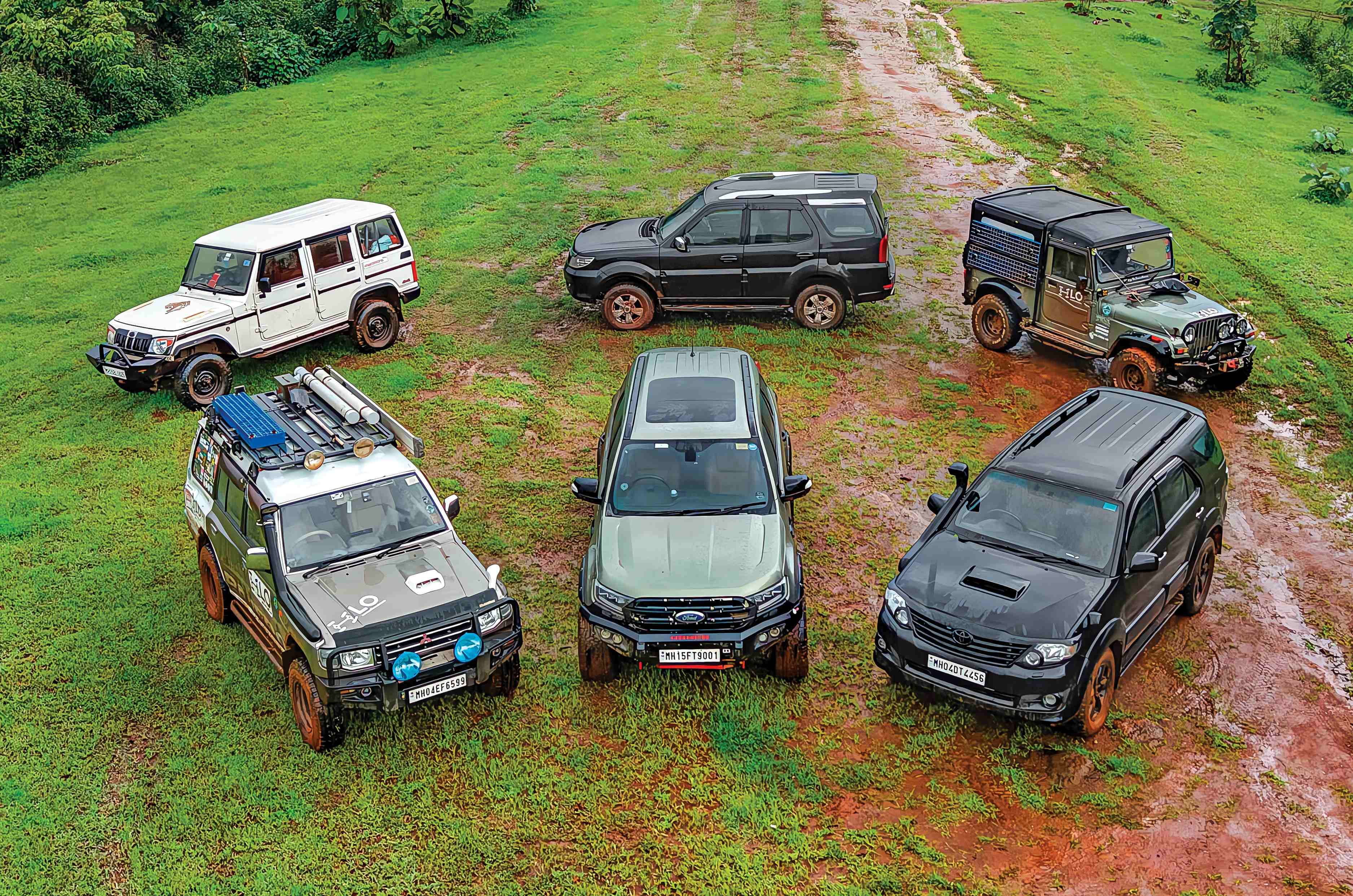Maserati is a brand whose pulse I’ve never quite been able to put my finger on. On the surface, the usual words spring to mind – beautiful, exotic, emotional, luxurious and oh so Italian – but beyond that, I’ve never quite been able to focus it down. A lot of cars embody these same qualities, but Maserati seems to want to do it all – sportscars, sedans, SUVs, convertibles, grand tourers, EVs; the lot. And for a relatively small, low-volume carmaker, that’s a tall order.
But as I whack the throttle wide open on an uphill stretch, air gushes past my ears and into the engine, going from whoosh, to rumble, to roar, to wastegate whistle. The rear end breaks away momentarily, then steps back into line, and I collect myself as I stomp down on the brake pedal before delicately but precisely pointing the nose into the next corner.
Purity. Simplicity. Clarity – new qualifiers flood my brain as I realise this is exactly what Maserati needed. A guiding light to shape the rest of the model range in its image, and one that didn’t have to be constrained by considerations of space, practicality or refinement. It also became apparent why they changed its name from MC20 with the facelift; it should have been this car’s mission statement from day one. MCPura – Maserati at its purest.
Maserati MCPura exterior design & engineering – 9/10
Masterwork of classic supercar design, with dramatic doors and stunning colours.
To even call this a facelift would be an overstatement, because never before has there been a stronger case for ‘if it ain’t broke, don’t fix it’. For all but the most discerning of Maserati fans, this is still the MC20, albeit sharpened up in places with elements from the racier GT2 Stradale.

Like before, it uses a ‘split’ design philosophy – the smooth, painted top half representing sculpture and elegance, while the chiselled, blacked-out lower half represents mechanicals and aerodynamics. While other sportscar makers are turning to science fiction for inspiration, Maserati keeps it real with classic supercar proportions – low, wide, long and curvaceous – and butterfly doors are the icing on this very dramatic cake.
A truly inordinate amount of effort has been put into just the paint on this car, and even your pedestrian blacks or greys have an uncanny lustre that you’ll find on few other cars. As you go deeper down the rabbit hole of paint options, you’ll come across rich, multi-tone shades like this evocatively named ‘Night Interaction’, which is at times purple, black, brown or bronze, depending on how the light hits. There are triple-coat paints, and you can even choose any colour in gloss, matte or textured finish; good luck keeping that clean though.

What’s perhaps most interesting for a car a its price point, however, is its exotic construction. It’s a full carbon-fibre monocoque with fiberglass body panels, which Maserati says helps not only to keep the weight down, but also to achieve consistency in those intricate paintjobs. The only metal structural components are the aluminium front and rear subframes for the engine and suspension.
Maserati MCPura interior space & comfort – 6/10
Simple, distraction-free interior that some may find bland; storage limited, inside and out.
While outside, we have to talk about luggage space, because there’s not a lot of it, as you might imagine from a car with such serious hardware. The 50-litre frunk has barely enough space to hold a few soft items; it instead hides access to a maintenance hatch for the car’s electricals. The bigger boot is at the rear, which at 100 litres, could take a few small bags, but beware that it gets incredibly hot here, so if you shop for groceries, they will be cooked by the time you get home.

There’s precious little storage space inside either. There is a glovebox, but that’s about it. Your phone must sit in the wireless charger, because there are no door pockets or cup holders, and the cubbyhole under the armrest is only big enough to house the key fob. Focus is the name of the game in this cabin, and to that end, they’ve even replaced all the leather with Alcantara to reduce reflections. You can option lighter colours, but an all-black theme is the norm. The seats, also in Alcantara with neat, laser-cut patterns, are well cushioned but could be a bit snug for larger frames.
Buttons are down to a minimum, with just ‘Drive’ and ‘Reverse’ on the thin centre console, below a context-sensitive twist-dial to select drive and suspension modes. The starter button and crucial nose-lift function are operated via the steering wheel, and there are two slender shift paddles mounted to the column. Everything else is crammed into the 10.25-inch touchscreen, including the roof controls for the convertible, which is frustrating to use on the go.

Some might find this Spartan look a little too basic in their Rs 4-crore supercar, and in stark contrast to the sumptuously appointed GranTurismo and Grecale, but in what is meant to be a pure driver’s supercar, it sort of works.
Maserati MCPura features & safety – 7/10
Good feature set, including ADAS, but an over-reliance on the touchscreen.
For its stripped-back appearance, there’s actually quite a lot of equipment in the MCPura. Twin 10.25-inch screens make up the instrumentation and infotainment systems, and while loaded with features and helpful displays, do feel a little laggy by 2025 standards. The touchscreen’s small icons and inconsistent responsiveness make changing the AC temperature with one hand while piling lock into the steering with the other a risky affair.

There’s not one but two rear cameras, the second, higher-mounted one being for a digital rear-view mirror, which is necessary given the limited view back between the seats. You can option a full ADAS suite, surround-view cameras and even an excellent-sounding Sonus Faber audio system. The seats are powered and heated, the suspension is adaptive and you can specify carbon-ceramic brakes as an option.
As you might imagine, however, most of the options catalogue is dedicated to personalisation, and Maserati’s Fuoriserie programme has gotten even more extensive in the five years since the MC20.
Maserati MCPura performance & refinement – 9/10
Pure and responsive powertrain that sounds raucous, if not traditionally melodious.
| Maserati MCPura specs | |
|---|---|
| Engine type | V6, twin-turbocharged |
| Engine displacement | 3000cc |
| Power | 630hp |
| Torque | 720Nm |
| Gearbox | 8-speed dual-clutch |
| Drive layout | Rear-wheel drive |
| Weight | 1,475kg (Coupe), 1,560kg (Convertible) |
| Tyres | 245/35 R20 (F), 305/30 R20 (R) |
| LxWxH | 4667x1965x1214mm |
| Wheelbase | 2700mm |
| Fuel Economy (WLTP-rated) | 8.70kpl (Coupe), 8.55kpl (Convertible) |
The main event is clearly the driving experience, dominated by the 90-degree 3.0-litre twin-turbo ‘Nettuno’ V6. Named boldly after Roman god of the sea, Neptune – he who wields the trident – it’s amazing how this engine has an altogether different, more raucous character here than it does in the Granturismo or Grecale. It helps that it’s positioned right behind your head (especially apparent in the Cielo with the roof down) and that power output is higher at 630hp and 720Nm. These outputs might not sound like a lot in this day and age, but they don’t have a lot of weight to move either.

The sound the Nettuno makes is not sweet or sonorous as you might associate with Italian engines, but instead a more mechanically intense one – full of induction whoosh, turbo wail and wastegate chirrup, all overlaid on a guttural roar. It reverberates around the carbon cabin quite readily and accompanies you up the rev band, getting louder as you go.
Twisting the rotary drive mode selector toggles between Wet, GT and Sport modes, and there is a huge distinction between each of them. In GT, the powertrain feels surprisingly docile and similar to what you’ll find in the Granturismo Trofeo. In this mode, it’s relatively refined too, the active exhaust only opening at 5,000rpm. Apart from some off-boost lethargy that takes getting used to, it’s incredibly friendly around town and in traffic, with even the 8-speed dual-clutch auto shifting early and smoothly.
It’s Sport that feels ideal for a focused supercar like this, though. Throttle sensitivity is increased, the exhaust wakes up earlier, gear shifts come through with more of a kick and the traction control backs off. Certainly, on the mountain roads in Tuscany, this is the mode of choice, with performance at exciting but manageable levels.
However, you unlock Corsa mode by pressing down on the rotary selector for two seconds (five if you want to disable ESC as well) – a safety feature they must have engineered in to prevent accidental activation, because this mode is brutal. It unlocks maximum performance and takes away almost all safety nets. It feels miles removed from even Sport mode, with razor-thin throttle sensitivity, neck-snapping gearshifts and spiky, brutal power delivery. This is, frankly, unnecessary for road use, and as the name suggests, should be reserved for the race track.
Maserati MCPura mileage & efficiency – 5/10
With a 60L tank, expect limited touring range, although lightness helps.
Tearing around the Tuscan countryside is not the ideal scenario to test fuel economy, and right enough, the numbers on the MCPura’s trip computer were not encouraging. We also chewed through its 60-litre tank of petrol pretty quickly driving at speed for the most part. Still, its relatively light weight should play a part in real-world usage, although here’s where rivals with their hybrid assist systems would have an advantage. Still, its fuel efficiency rating on the WLTC cycle are 8.70kpl for the coupe and 8.55kpl for the Cielo convertible.
Maserati MCPura ride comfort & handling – 9/10
Astonishing ride comfort to track-grade sharpness at a button press.
The advantages of the carbon-fibre chassis really come through in handling, chief of which is weight or a lack thereof. At 1,475kg for the coupe and 1,560kg for the Cielo, it’s very light for a car in this category, and certainly much lighter than supercars burdened with batteries and hybrid systems. It’s also an incredibly rigid chassis, which has allowed Maserati to be flexible with the suspension.
In GT mode, this is among the best-riding mid-engine supercars you can buy today. It’s not just good by supercar standards, but even judged against everyday cars, soaking up far more road imperfections than it has any right to, and despite its limited suspension travel. Ground clearance is not great at all, though, and you should definitely option the nose-lift kit for India.
Another revelation is the steering, which though electrically assisted, is not artificially or progressively weighted. It stays the same across drive modes, and the fact it works superbly at both low and high speeds is a testament to how well it is calibrated. It’s pin sharp and reactive throughout, which after a little acclimatisation feels like the best solution for a supercar. It’s light at low speeds and weighs up naturally with speed while retaining its precision, and this approach should be a lesson to performance car makers everywhere.

Like with the powertrain, there are night-and-day differences in the suspension as you move up the drive modes. That superb ride quality firms up in Sport, while Corsa feels like you’re sat inside a block of Italian marble. Similarly, the ESC in Sport feels ideal, allowing for some side slip but containing it just before your talent runs out, which is good if you’re on fast and familiar roads. But in Corsa, it is unforgiving, and combined with the spiky power and twitchy suspension, the MCPura will hit back at all but the most talented drivers.
There’s no denying, however, that irrespective of the mode, this car makes you feel connected to the driving experience like few others do anymore.
Maserati MCPura price & value for money – 8/10
Raw, emotional supercar that’s a dying breed in today’s high-tech world.
And that is the MCPura in a nutshell – a supercar unhinged and unshackled by excess. It’s in sharp contrast to the lavish grand tourers and SUVs in the rest of the model range, or indeed which the brand has solely produced in the last two decades. This is, after all, Maserati’s first mid-engined car since the mighty MC12 of 2004, which was based on the Ferrari Enzo!
At its heart is the Nettuno V6, a high-tech engine with F1-based pre-combustion tech, which Maserati poured its heart and soul into developing from scratch after its split from Ferrari. For those mourning the fact it’s not a V8, the reason is simple; Maserati had to develop one engine to fit its entire model range – everything from an entry level SUV to a carbon-fibre supercar – while future-proofing for emissions, so it was the best option. And what a characterful, flexible and multi-faceted motor it turned out to be.

In doing so Maserati has cleverly bowed out of the increasingly ridiculous horsepower wars to deliver something arguably more enticing – emotion, connection and performance that is actually usable on the road. Not to mention its lightweight carbon construction that something at this price point doesn’t need to have. The fact that it rides as well as an executive sedan is an unexpected and welcome side effect.
Going back to the price point, however, Rs 4.12 crore is not a small amount, but that’s until you realise that all the hybrid mid-engine supercars have moved well past the Rs 5 crore mark and are closer to Rs 6 crore. A bigger disappointment is that you have to pay a Rs 1 crore premium for this Cielo convertible, because it is easily the better version – more of the drama with almost no loss to the driving experience. With a range of more sensible GT cars, SUVs and EVs to help meet its CAFE targets, Maserati was able to go all in with the MC20 and now MCPura, distilling its best work into a truly emotional and beautiful flagship offering that lifts the trident higher than it’s been in decades.
Also See:
Lamborghini Temerario track drive: Intelligent rage



